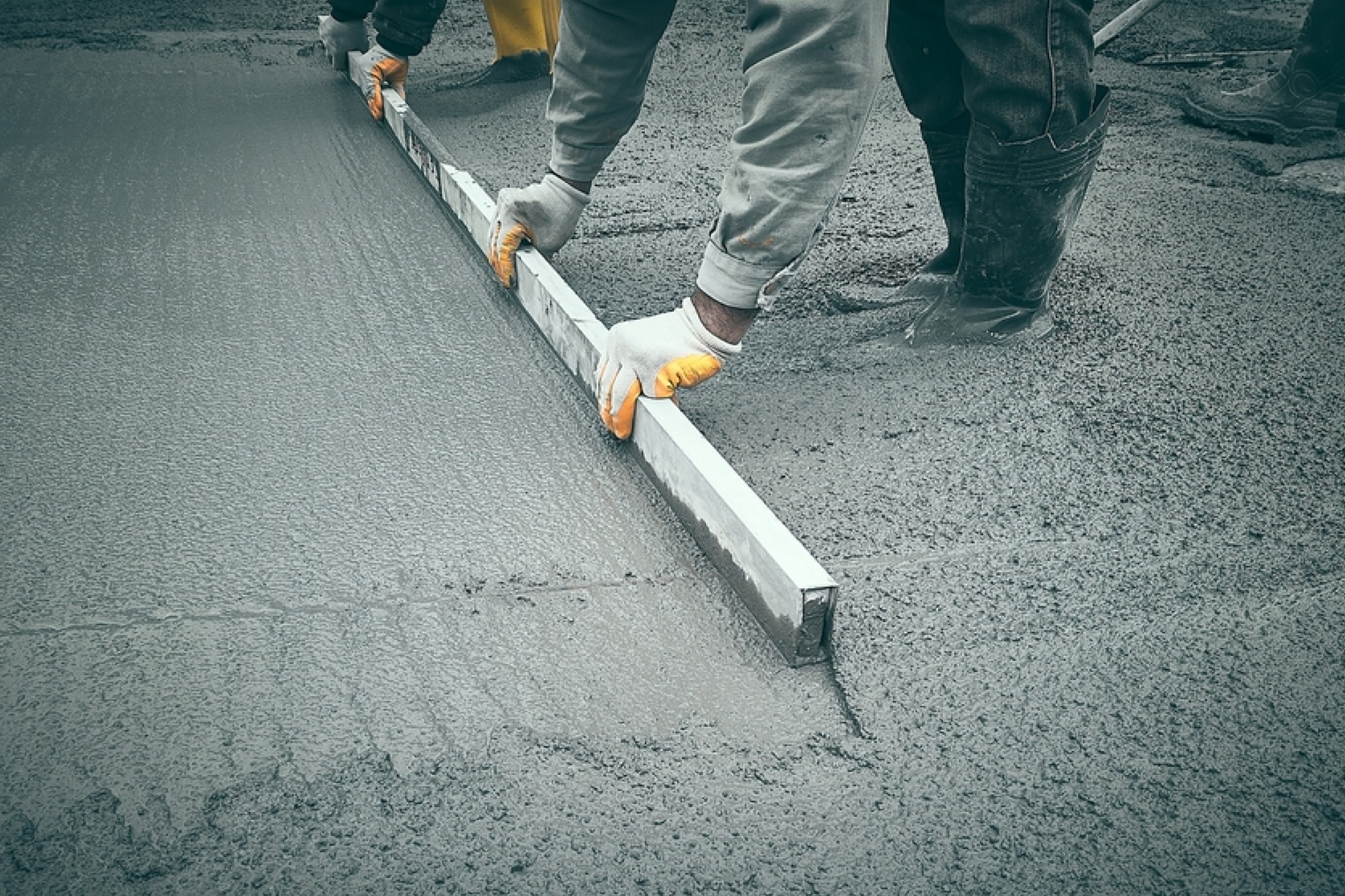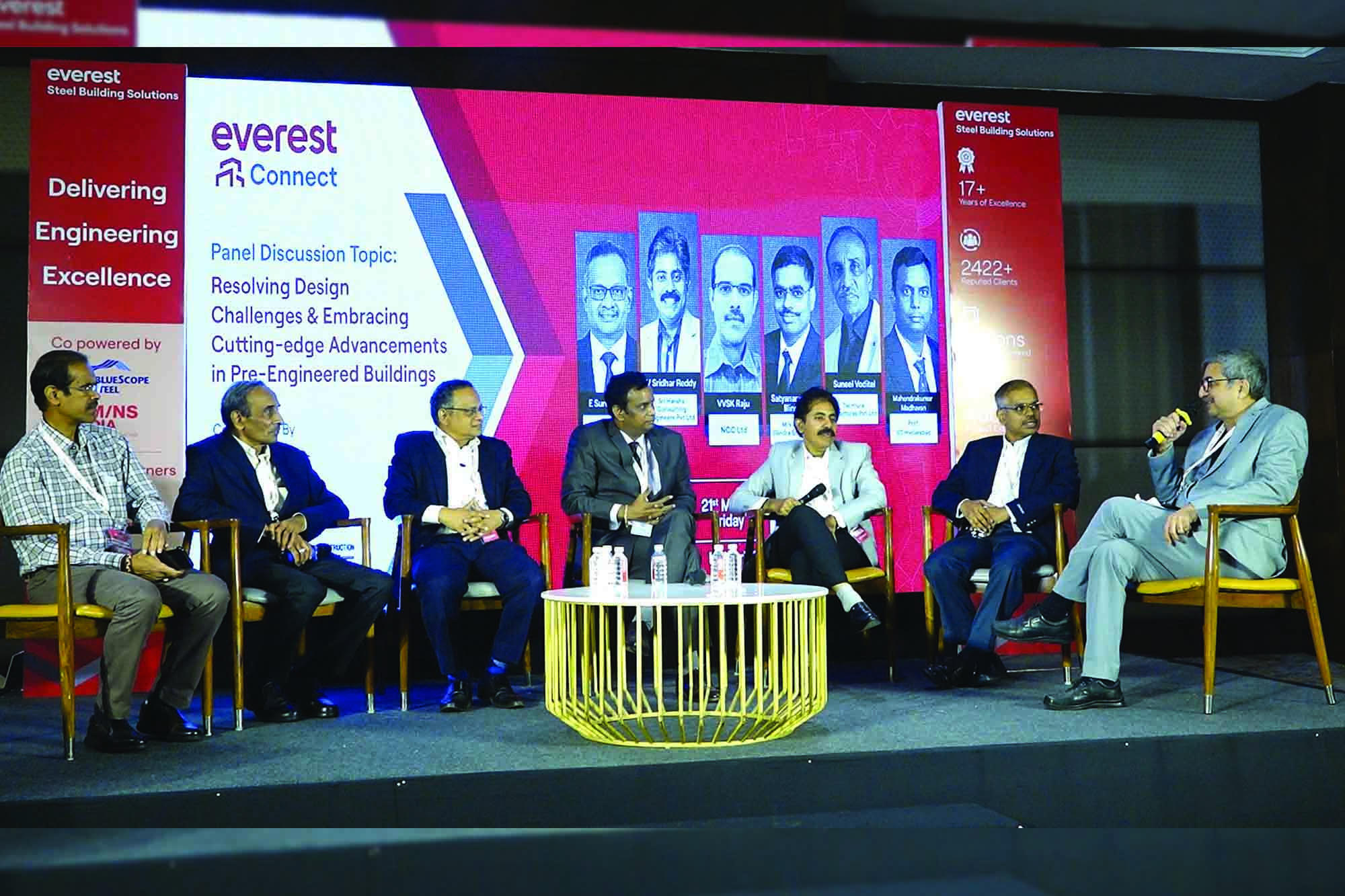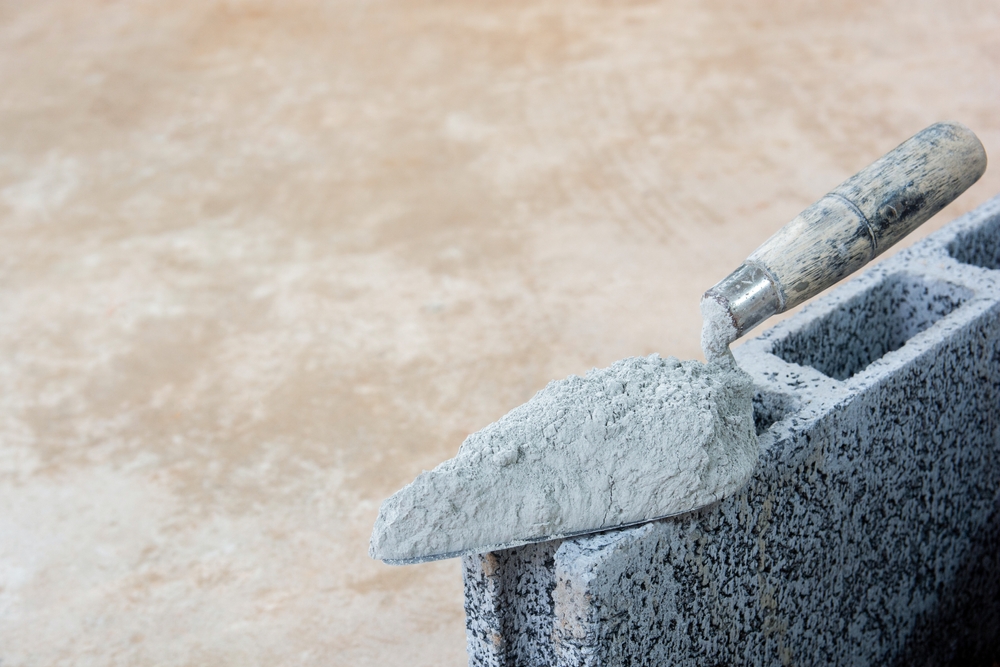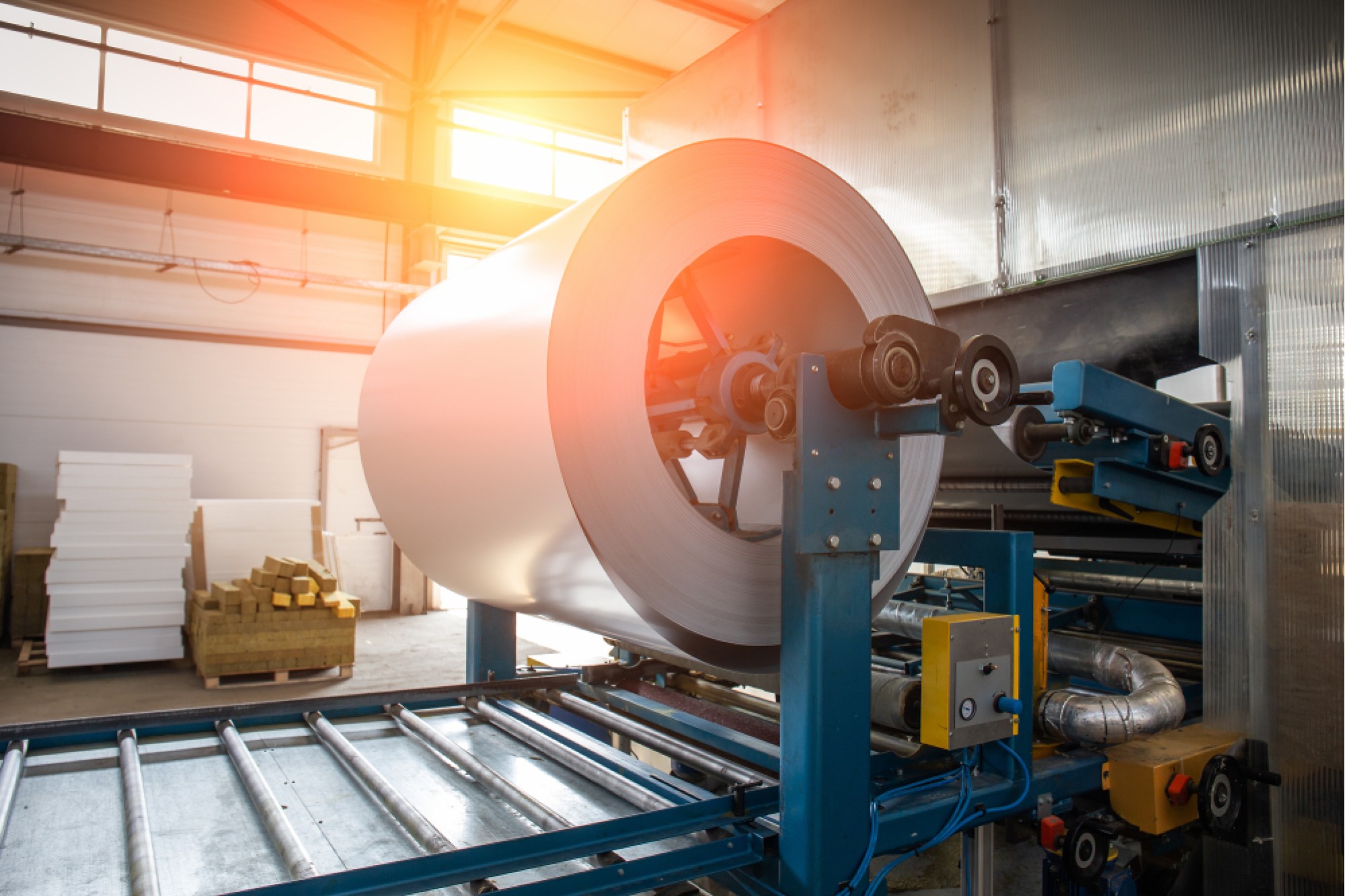Steel industry welcomes new govt’s focus on infrastructure
By Edit Team | June 23, 2014 12:40 pm SHARE

Radhika Markan outlines the recent bottlenecks in infrastructure sector and roadmap for the new government
At present, India faces a crisis of inadequate and crumbling infrastructure. Lack of proper planning has resulted in poor infrastructure such as congested roads, inferior transport facilities, power shortages, inadequate steel consumption, and substandard food storage facilities. Previous administrations have failed to move beyond setting up of committees and formulating grandiose plans on paper. As a result implementation and outcomes were dismal.
However there is fresh hope in the country with the dawn of a new government headed by Narendra Modi – a man known for his stellar administrative record in Gujarat. Expectations are high and people want Prime Minister Modi to hit the ground running. For sure there are some low-hanging fruit that Mr Modi and his government can pluck rightaway. One immediate way of building on the already upbeat sentiment is to start projects that are fairly easy to kick off — such as making roads. This is a surefire way of generating jobs and having a multiplier effect on sectors such as iron, steel, construction material and even transport.
On 29th May, short on the heels of his swearing-in, Mr Modi unveiled his top 10 policy priorities with the foremost being a focus on infrastructure. Clearly he seems determined to unblock the investment logjam and revive the economy. The announcement is in line with his grand vision for India which includes building 100 new cities, creating satellite cities around large cities, developing port infrastructure and interlinking rivers.
The determined spotlight on infrastructure and in particular road building is very welcoming as India has one of the lowest road densities in the world. India’s road density (measured in terms of kilometres of highways per 1000 people) stands at 2.75 as against the world average of 6.7. Policy delays and regulatory blocks reduced the rate of highway construction awards to just 500 kms of new road projects in 2013. The target was to build 20 kms per day.
India will need to invest $1.7 trillion on infrastructure projects before 2020 to meet its economic needs. Half of this investment is expected to come from the private sector. Naturally, the private sector is keenly watching the new government’s first moves. The latter has made a good start by aborting the previous administration’s plan of setting up a road regulator. A regulator would have meant going back to the licence raj. Secondly the performance of government agencies such as Border Roads Organisation and others should be regularly reviewed. Delays resulting in cost escalation should be harshly dealt with.
The industry is also paying attention to the back-end reorganisation being carried out. In a welcome move our new prime minister has brought three often-quarrelling, energy-related ministries under one minister, hoping to crank up the supply of power so desperately needed to advance economic growth. With the disconnect between the departments of power and coal stalling major projects, this move is likely to reverse the trend of declining investment in the sector and improve power generation – the backbone of any industry.
The new power, coal, and energy minister intends to realign various functions of his three related ministries for better cohesiveness and to help resolve raging disputes such as coal supply to power stations.
Additionally, our coal mining policy has been crying for attention. This is evident from the fact that although India sits on top of the world’s fourth-largest reserves of coal, it has become the third-biggest coal importer after China and Japan. The outgoing regime had drawn flak for allotting coal blocks to private firms instead of auctioning them. Following widespread media and public pressure, the central government cancelled 29 suspect coal-block allocations during the past two financial years.
Such fundamental flaws have to be corrected and the new establishment should have the political will to do so. A proper policy framework and seamless co-ordination between the three inter-connected ministries would surely boost India’s energy supply, and in turn help the steel, cement, and construction material industries to provide for the increased needs of the infrastructure sector.
Steel is a critical component of a country’s development and directly reflects on the state of infrastructure in the country. The policies of the past 10 years has led to little or slow growth in steel consumption which presently stands at 75 million tonnes whereas it should have been around 200-220 million tonnes by now. This meagre per capita steel consumption of 60-65kg is that found in a ‘developing’ country (50-150 kg). To become a ‘developed’ nation and a global power, the steel consumption has to be at least 350 million tonnes or the 250-300 kg per capita consumption. It is thus apparent that India has to concentrate on massive infrastructure investment, never seen before in the country.
The Modi government has started their work in right earnest. In the few days since assuming power, they have sent out the correct signals about their style of functioning and priorities – inflation and infrastructure figure high on the list. Abandoning of the EGOMs and GOMs is just the start we were looking for – a signal that decisions will be quick because bureaucrats are being empowered. Yes, aache din aane wale hai.
Authored by__
Radhika Markan,
Managing Director,
H&K Rolling Mill Engineers Pvt. Ltd.
Cookie Consent
We use cookies to personalize your experience. By continuing to visit this website you agree to our Terms & Conditions, Privacy Policy and Cookie Policy.


































-20240213125207.png)

























